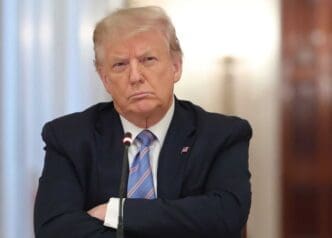The executive orders signed by Trump indicate that the tariffs, effective from March 12, are aimed at simplifying US trade protections. The decision comes amidst an existing small trade deficit the United States holds with Argentina, justifying the tariffs in the eyes of the administration. Trump clarified at a White House press event, “It’s 25 percent without exceptions or exemptions,” highlighting a strict approach to trade policies.
The announcement has sparked significant discontent among major steel and aluminum producers like Mexico, Canada, and the European Union, all seeking relief from these tariffs. Argentina exports approximately $600 million in steel and aluminum to the US annually, marking the substantial impact this policy will have on its economy. This development is particularly challenging for Argentina’s President Javier Milei, who has been working to strengthen ties with the current US administration.
Despite the sweeping application of these tariffs, there is a hint of flexibility. Trump mentioned potential exclusions for Australia, citing a trade surplus primarily due to aircraft purchases, reflecting the nuanced geopolitical considerations underlying the tariff decisions.
Meanwhile, according to the INDEC national statistics bureau, the trade balance with the US showed a surplus of $228 million last year for Argentina. This was largely driven by a nearly 28% reduction in US imports, a consequence of Argentina’s ongoing recession.
The overarching approach of the US administration in enforcing these tariffs has been characterized by a lack of concern for potential retaliatory measures from affected nations. However, the repercussions might reverberate through various economic sectors dependent on international trade.
As the tariffs draw closer to implementation, the global trade environment braces for impact, testing diplomatic relations and economic strategies among nations embroiled in this updated trade scenario.








